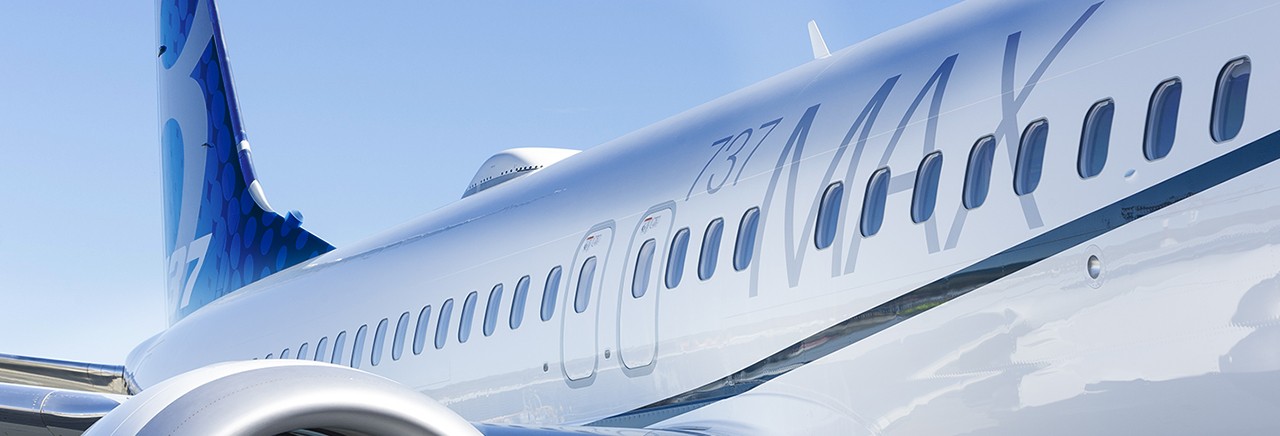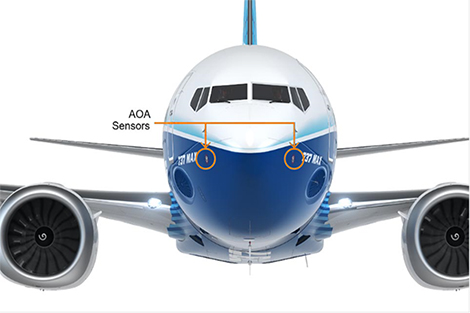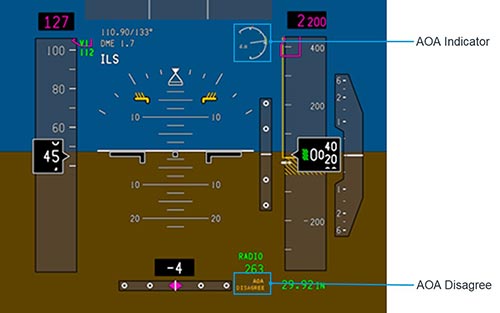The Maneuvering Characteristics Augmentation System (MCAS) flight control law was designed and certified for the 737 MAX to enhance the pitch stability of the airplane in a very specific set of unusual flight conditions – so that it feels and flies like other 737s.
MCAS was designed to activate in manual flight, with the airplane's flaps up, at an elevated Angle of Attack (AOA).
Boeing developed an MCAS software update to provide additional layers of protection if the AOA sensors provide erroneous data. Prior to certification, the software was put through hundreds of hours of analysis, laboratory testing, verification in a simulator and numerous test flights, as well as validation during in-flight certification tests with Federal Aviation Administration (FAA) representatives.
The additional layers of protection include:
- The flight control system will now compare inputs from both AOA sensors. If the sensors disagree by 5.5 degrees or more with the flaps retracted, MCAS will not activate. An indicator on the flight deck display will alert the pilots.
- If MCAS is activated in non-normal conditions, it will only provide one input for each elevated AOA event. There are no known or envisioned failure conditions where MCAS will provide multiple inputs.
- MCAS can never command more stabilizer input than can be counteracted by the flight crew pulling back on the column. The pilots will continue to always have the ability to override MCAS and manually control the airplane.
These updates are expected to reduce the crew's workload in non-normal flight situations and prevent erroneous data from causing MCAS activation.


